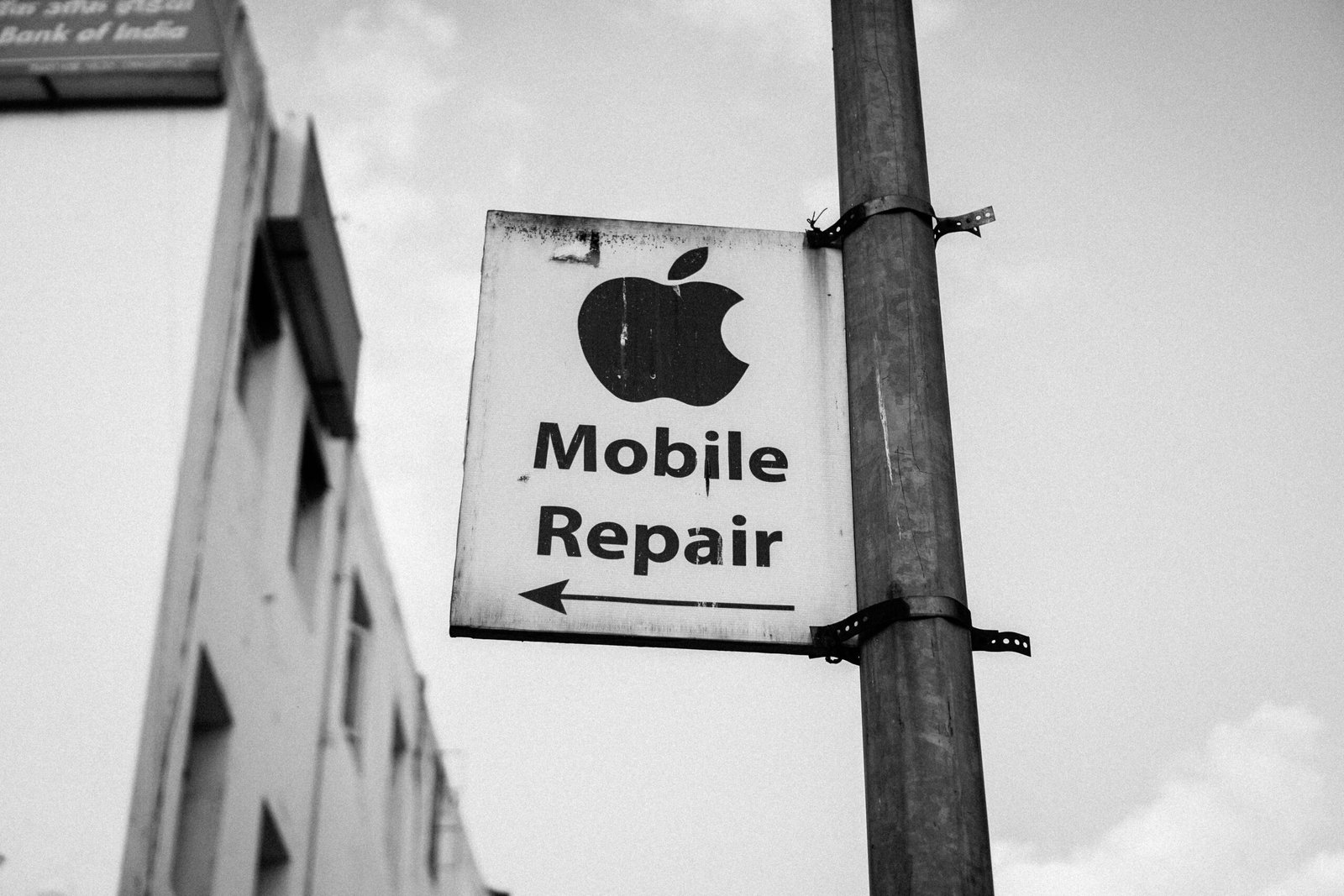Can I Use a Regular TV for Digital Signage?
Introduction to Digital Signage
Digital signage is a transformative tool that utilizes multimedia displays to convey information, advertisements, and various forms of content. Unlike traditional static signs, digital signage offers a dynamic and interactive platform. Its applications are extensive, ranging from retail stores and corporate offices to hospitality sectors and public spaces. Retailers, for instance, leverage digital signage to display promotions, product information, and brand messages, creating a more engaging shopping experience.
Corporate offices utilize digital signage for internal communications, presenting company news, operational updates, and performance metrics in real-time. Within the hospitality sector, digital signage enhances guest experiences by providing wayfinding solutions, event schedules, and promotional offers. Meanwhile, in public spaces, digital signage is used for disseminating crucial information, such as weather updates, public safety announcements, and transportation schedules.
The benefits of digital signage over traditional static signs are manifold. Firstly, dynamic content delivery ensures that the information displayed is always current and relevant, which is particularly useful in fast-paced environments where data changes frequently. Real-time updates allow businesses and organizations to instantly modify the content, ensuring that the audience receives the most recent information. This ability is invaluable during promotional campaigns, emergency situations, or when displaying time-sensitive information.
Moreover, digital signage enhances audience engagement through multimedia elements – from high-definition videos and animations to interactive interfaces. This visual appeal captures the audience’s attention more effectively than static signs, thereby increasing the likelihood of message retention. The versatility of digital signage in accommodating various content formats and the capability for remote management further underscore its superiority and escalating popularity across different sectors.
Differences Between Regular TVs and Commercial Digital Signage Displays
When determining the suitability of display equipment for digital signage, it is crucial to understand the foundational differences between regular consumer-grade TVs and commercial digital signage displays. These differences are significant and reflect the varied operational requirements of digital signage applications.
Firstly, the display quality of commercial digital signage is designed to maintain visual consistency over prolonged periods. Commercial displays typically feature higher brightness levels, often exceeding 700 nits, which ensures clarity and visibility even in environments with substantial ambient light. By contrast, regular TVs, with brightness levels averaging around 250-350 nits, may struggle in brightly lit areas, leading to degraded viewing experiences.
Durability is another key differentiator. Commercial digital signage displays are built to withstand continuous 24/7 operation, engineered with extended lifespans and robust components. Regular TVs, generally intended for limited daily usage, often lack the necessary resilience, potentially compromising reliability in demanding settings.
Moreover, connectivity options vary substantially. Commercial displays offer a range of input ports, including HDMI, DisplayPort, USB, VGA, and built-in network connections, which are essential for the dynamic content management required in digital signage. Regular TVs typically provide fewer and less versatile connectivity options, potentially limiting their integration with advanced content management systems and external devices.
Additionally, warranty support for commercial displays is structured to accommodate intensive usage and commercial environments, offering comprehensive coverage and service agreements. Contrastingly, the warranty for consumer-grade TVs tends to be more limited, not covering the high-demand applications such as digital signage.
These differences fundamentally matter because digital signage demands reliable performance, operational flexibility, and sustained display quality. Environments with fluctuating ambient light, extended operational hours, and complex content scheduling require displays that can robustly meet these criteria. Understanding these aspects ensures that the display solution selected aligns perfectly with the rigors of digital signage, optimizing the investment in both the short and long term.
“`html
Considerations for Using a Regular TV for Digital Signage
When contemplating the use of a regular TV for digital signage, several critical factors must be taken into account to ensure optimal performance and longevity. One of the primary considerations is the screen’s lifespan. Regular TVs generally have a shorter lifespan compared to commercial-grade displays, primarily due to their design for limited daily usage. When repurposed for digital signage, which often involves prolonged operation, it can lead to a faster degradation of image quality and overall performance.
Another significant concern is the risk of screen burn-in. Prolonged display of static images or text can cause permanent damage to the screen, leading to visible “ghost” images. This issue is more prevalent in regular TVs because they lack the advanced pixel shifting technologies found in commercial displays. To mitigate screen burn-in, it’s advisable to use dynamic content and schedule regular intervals of screen rest when static content is displayed.
The suitability of brightness under varying lighting conditions is crucial as well. Regular TVs might not offer sufficient brightness for environments with intense ambient light, such as retail spaces, which could render the signage ineffective. Additionally, glare and reflections can further compromise visibility. Opting for TVs with higher brightness levels or implementing anti-glare films may help address this issue.
Connectivity options play a vital role in the seamless operation of digital signage. Regular TVs may possess a limited number of HDMI ports and might lack other essential connections, such as DisplayPort or Ethernet. Ensuring that the TV has adequate and reliable connectivity options is essential for consistent content display. Utilizing external media players or HDMI splitters can serve as effective workarounds to enhance connectivity.
Software compatibility also presents a challenge. Not all regular TVs support digital signage content management systems (CMS). Ensuring compatibility with CMS is crucial for smooth integration and efficient content scheduling. In cases of incompatibility, using additional devices like digital signage players can bridge the gap and facilitate integration.
“`
Cost Analysis: Regular TVs vs. Commercial Digital Signage Displays
When considering digital signage, it’s essential to understand the cost implications of using regular TVs compared to commercial digital signage displays. The initial cost is often the most eye-catching difference. Regular TVs generally have a lower upfront price compared to commercial digital signage displays, making them an attractive option for businesses with budget constraints. The average cost of a regular TV can range from $300 to $1,000, depending on size and brand, while commercial digital signage displays can start at $500 and go up to several thousand dollars.
However, initial costs are just the beginning. Long-term maintenance expenses also play a significant role in the overall cost-effectiveness. Regular TVs are designed for home use, so they may not withstand the continuous operation required for digital signage. This can lead to more frequent replacements or repairs, increasing maintenance costs over time. On the other hand, commercial displays are built for prolonged use, with features like cooling systems and protective glass, making them more durable and reliable for continuous operation.
Another crucial factor to consider is the potential additional costs for required accessories or adaptations. Regular TVs often need extra components such as media players, specialized mounting brackets, and more robust connectivity solutions to function efficiently as digital signage. These additional accessories can erode the cost advantage of regular TVs. In contrast, commercial digital signage displays frequently come with integrated media players and are designed to support various mounting and connectivity options out of the box.
From a financial perspective, regular TVs may be suitable for short-term or low-intensity applications where budget is a primary constraint. They offer a lower initial investment but might incur higher costs over time. Commercial displays, although more expensive upfront, offer better durability, lower long-term maintenance costs, and greater reliability, providing a higher return on investment in the long run.
In summary, the choice between regular TVs and commercial digital signage displays should be based on the specific needs and budget of the business. For short-term or less demanding applications, regular TVs might be financially viable. However, for long-term, high-usage scenarios, commercial digital signage displays offer better long-term value and cost-effectiveness.







